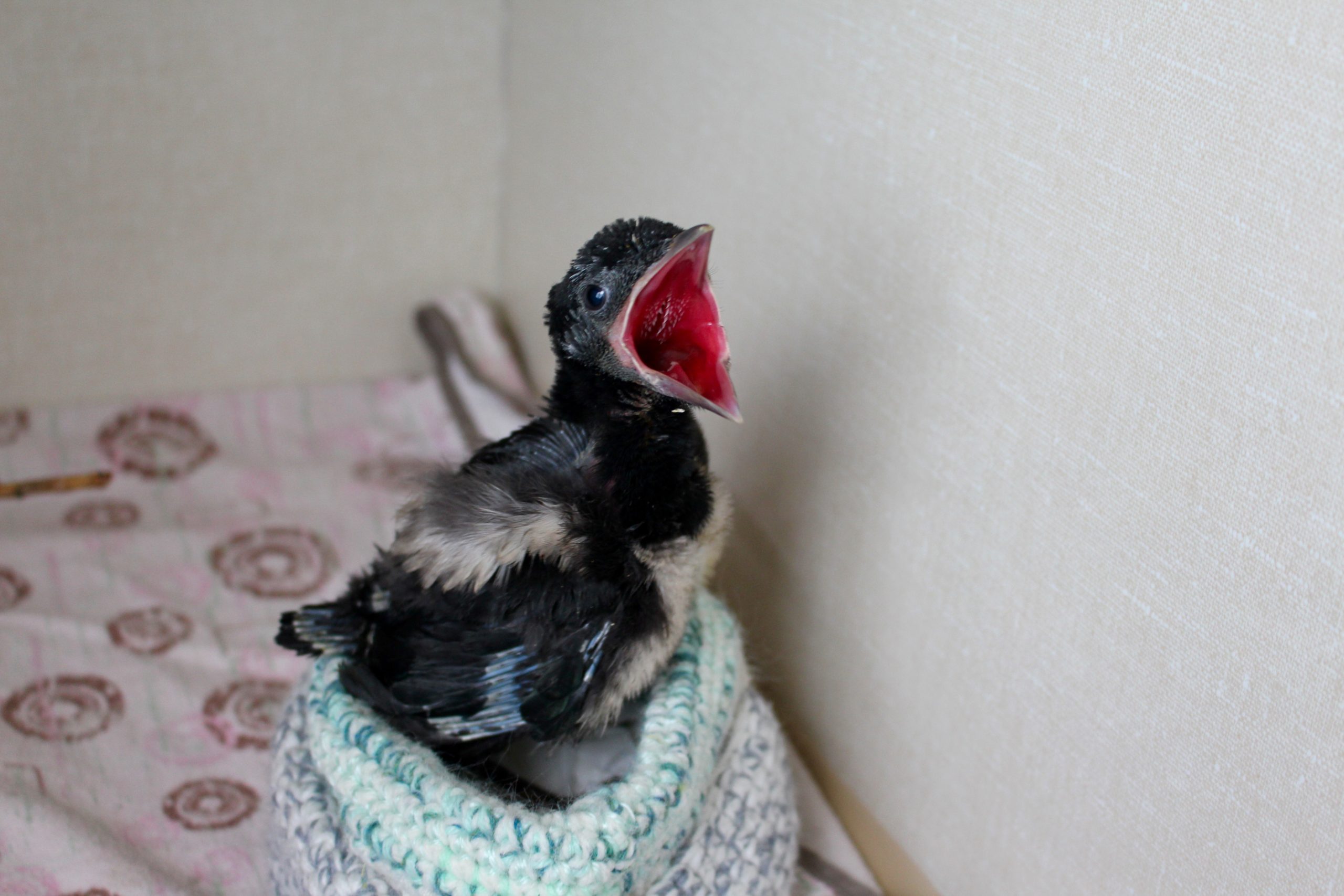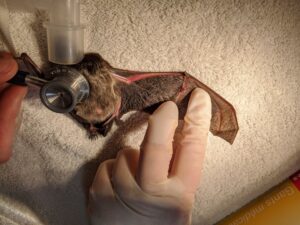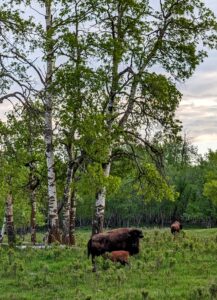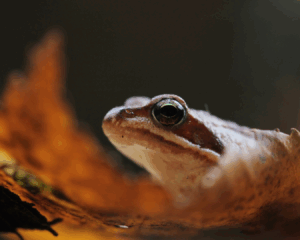Spring has sprung, and this means one of AIWC’s busiest seasons has arrived! Through spring and summer, AIWC will admit hundreds of new patients, many of them babies.
Many babies that will be admitted will be orphaned or injured, but some are taken by well-intentioned members of the public when the babies are not actually in danger. Remember that mother hares often leave their babies alone for hours during the day to avoid attracting predators with her scent or movement! If you spot a baby that you believe may be in need of assistance, please call AIWC for advice before intervening.
Since it’s baby fever season, it’s a perfect time to review the proper names for animal babies so you can wow your friends with your animal knowledge!
- Did you know that while we typically call a baby rabbit a bunny, the technical term is actually a kitten? Skunk, bobcat and cougar babies are also called kittens.
- Most of us know a baby bear is called a cub. A baby fox is also called a cub, or a kit, and a wolf baby can be called a cub, pup, or whelp!
- A baby buffalo and baby elk are called a calf.
- A baby duck is a duckling, a baby goose is a gosling, a baby hawk is a chick or eyas, and a baby pigeon is a squab or (more adorably) a squeaker!
It costs AIWC anywhere from $100 to well over $1,000 to rehabilitate a single animal, and each year, the demand for AIWC’s services increases. Here’s some examples of costs during AIWC’s peak seasons:
- Food for 1 fox kit for 1 day: $5.25
- 1 bottle of antibiotics for injured wildlife (lasts 7-14 days depending on quantity needed): $19.35
- Specialized feeding nipples for mammals: $200.00
- 30,000 mealworms (this will last for 7-8 days in our peak spring and summer seasons): $565.00
- Fresh produce for patients in care (will last 4-5 days): $343.00
- Milk replacer for baby mammals: $1,800.00
If you are interested in helping support AIWC in their quest to care for orphaned and injured wildlife, here are some ways you can help!
- Donate today through our Wildlife Baby Shower GoFundMe campaign, or in our store at: Donate!
- Call us at 403-946-2361 to make a donation
- Donate items from our wish list
- Join us for our next on-site talk in May, on Sunday, May 27th.
- Help us spread the word about the natural behaviours of baby wildlife.






